Named after the lord of the manor in Norman times, Robert Fitzharding was the king’s official representative in Bristol and founded the Abbey of St Augustine in c1140, now the Chapter House of Bristol Cathedral.
A print and text about the Fairbairn Steam Crane.
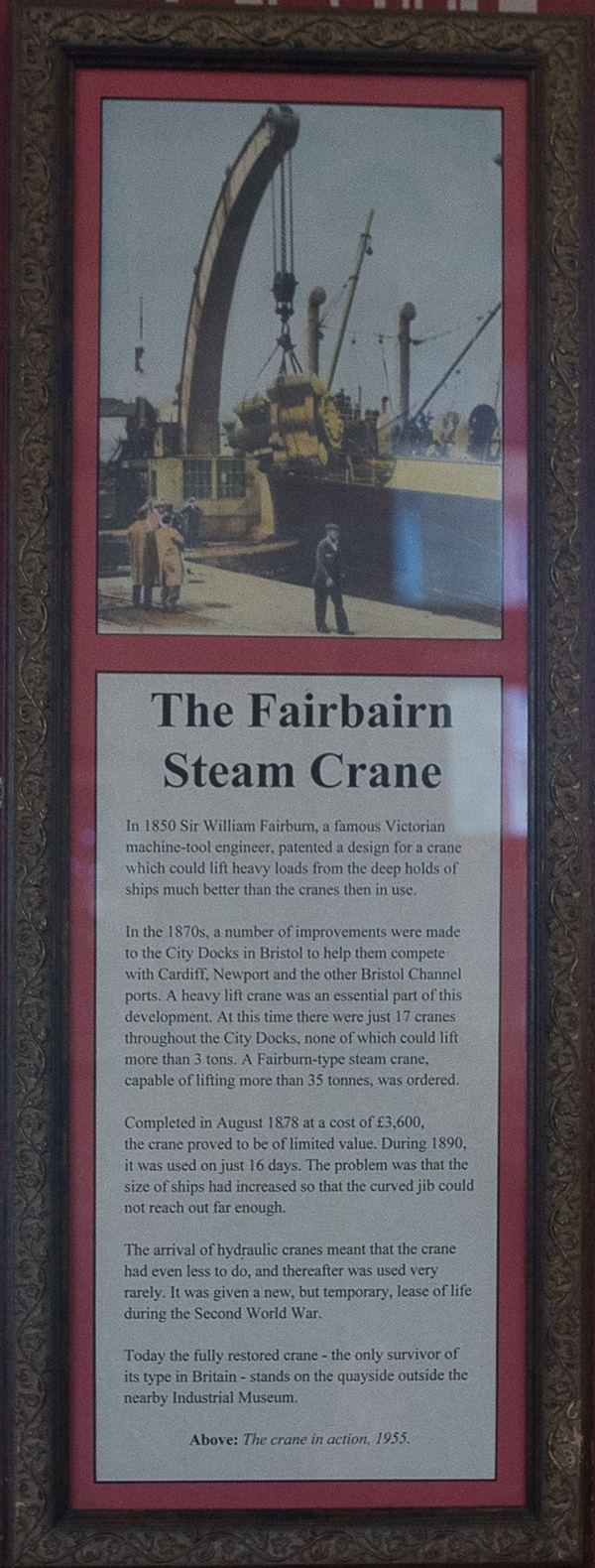
The text reads: In 1850 Sir William Fairburn, a famous Victorian machine-tool engineer, patented a design for a crane which could lift heavy loads from the deep holds of ships much better than cranes then in use.
In the 1870s, a number of improvements were made to the City Docks in Bristol to help them compete with Cardiff, Newport and the other Bristol Channel ports. A heavy lift crane was an essential part of this development. At this time there were just 17 cranes throughout the City Docks, none of which could lift more than 3 tons. A Fairburn-type steam crane, capable of lifting more than 35 tonnes, was ordered.
Completed in August 1878 at a cost of £3,600, the crane proved to be of limited value. During 1890, it was used on just 16 days. The problem was that the size of ships had increased so that the curved jib could not reach out far enough.
The arrival of hydraulic cranes meant that the crane had even less to do, and thereafter was used very rarely. It was given a new, but temporary, lease of life during the Second World War.
Today the fully restored crane – the only survivor of its type in Britain – stands on the quayside outside the nearby Industrial Museum.
Above: The crane in action, 1955.
Photographs, an illustration and text about sports clubs in the area.
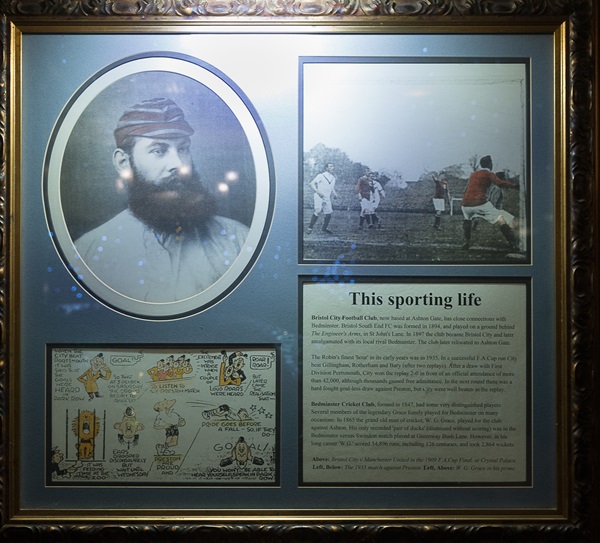
The text reads: Bristol City Football Club, now based at Ashton Gate, has close connections with Bedminster. Bristol South End FC was formed in 1894, and played on a ground behind The Engineer’s Arms, in St John’s Lane. In 1897 the cub became Bristol City and later amalgamated with its local rival Bedminster. The club later relocated to Ashton Gate.
The Robin’s finest ‘hour’ in its early years was in 1935. In a successful FA Cup run City beat Gillingham, Rotherham and Bury (after two replays). After a draw with First Division Portsmouth, City, won the replay 2-0 in front of an official attendance of more than 42,000, although thousands gained free admittance. In the next round there was a hard fought goal-less draw against Preston, but cut City were well beaten in the replay.
Bedminster Cricket Club, formed in 1847, had some very distinguished players. Several members of the legendary Grace family played for Bedminster on many occasions. In 1865 the grand old man of cricket, WG Grace, played for the club against Ashton. His only recorded ‘pair of ducks’ (dismissed without scoring) was in the Bedminster versus Swindon match played at Greenway Bush Lane. However, in his long career WG scored 54,896 runs including 126 centuries, and took 2,864 wickets.
Above: Bristol City v Manchester United in the 1909 FA Cup Final, at Crystal Palace
Left Below: The 1935 match against Preston
Left Above: WG Grace in his prime.
A photograph of St Paul’s Church, Bedminster, c1930.
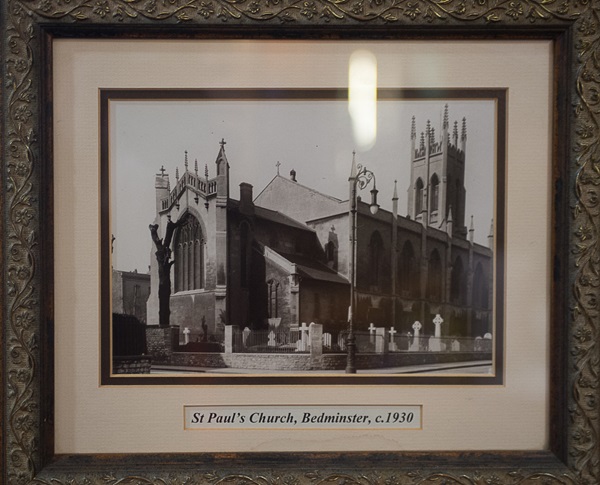
A photograph of St Michael and All Angels, Bedminster, c1908.
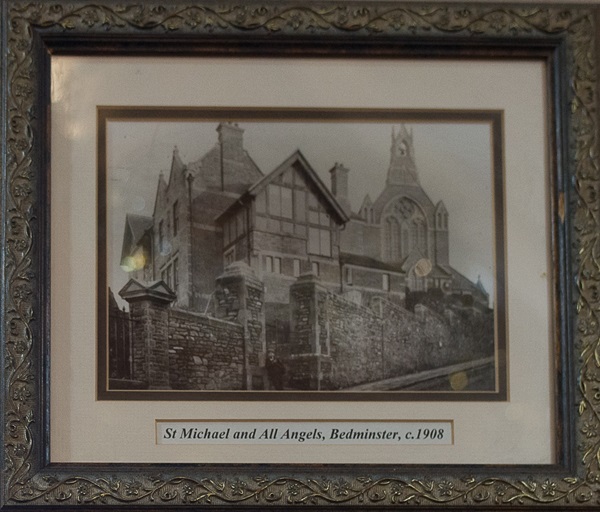
A photograph of Coronation Road, Bedminster, c1914.
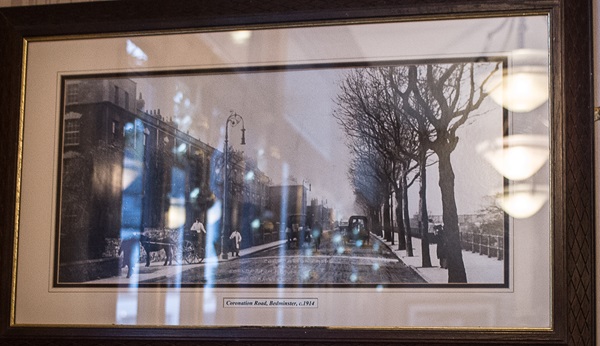
A photograph of Band Stand Victoria Park, Bedminster, c1912.
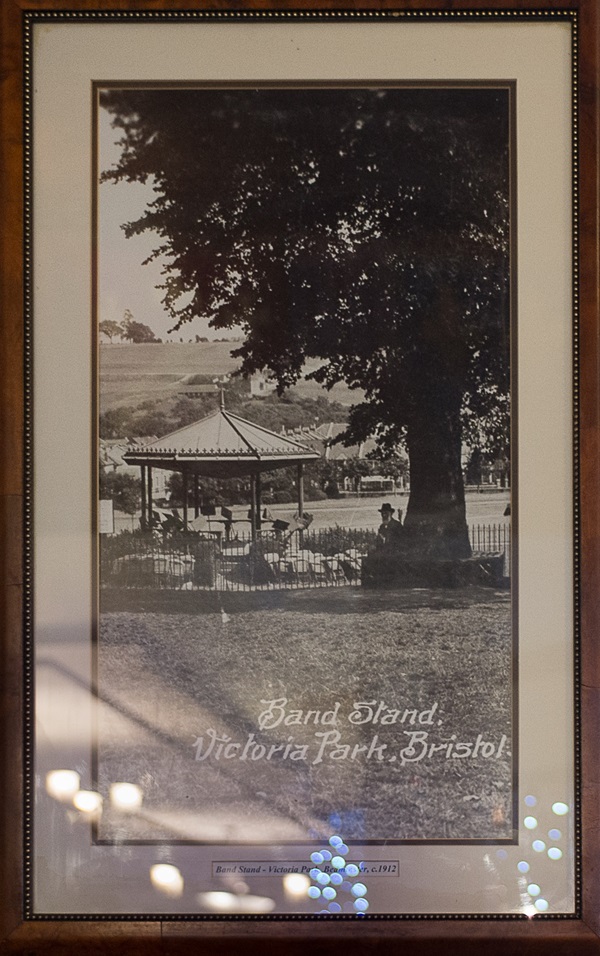
External photograph of the building – main entrance.
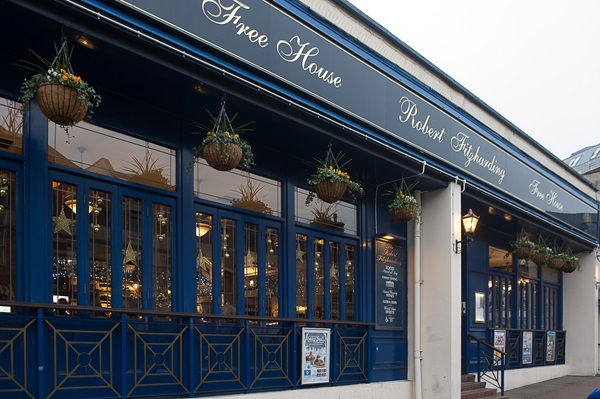
If you have information on the history of this pub, then we’d like you to share it with us. Please e-mail all information to: pubhistories@jdwetherspoon.co.uk